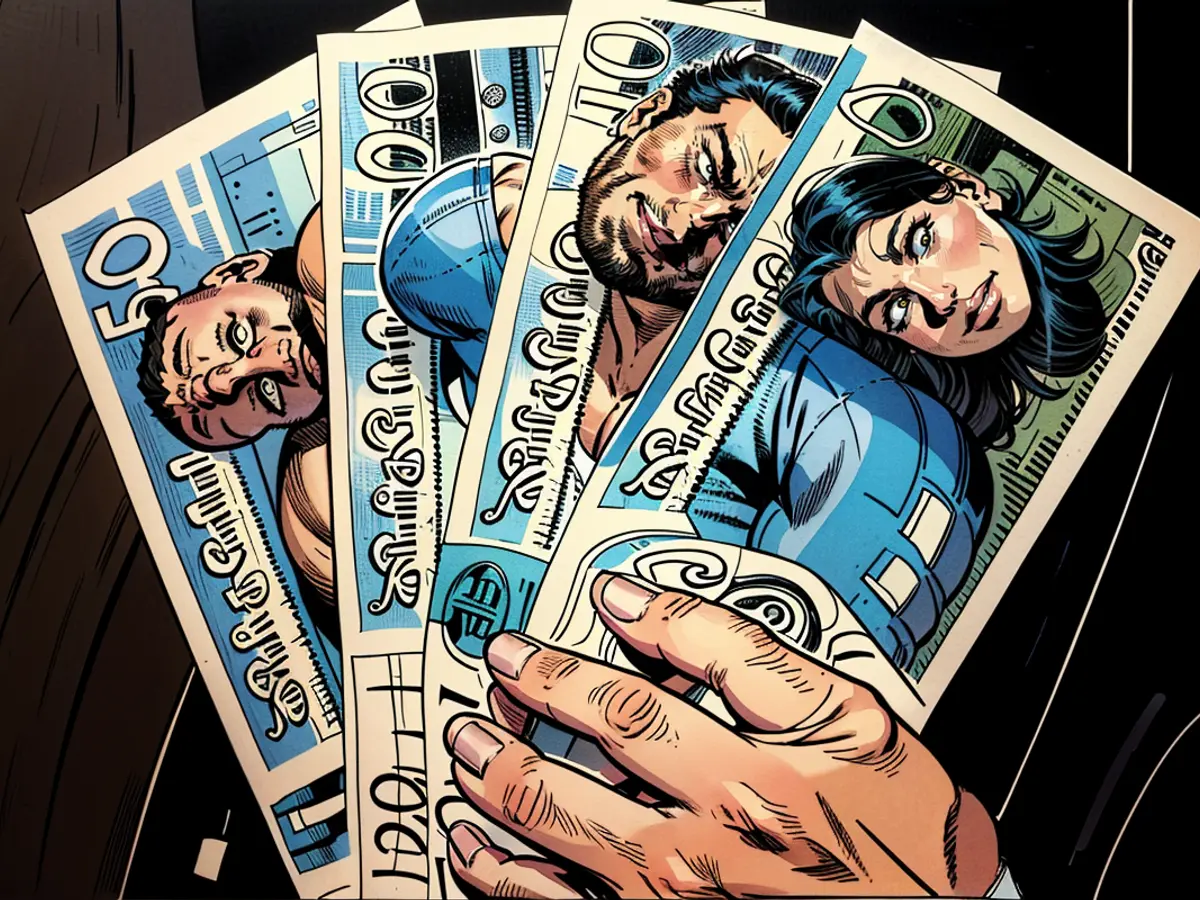Britain Excels - "Significant event": bank notes featuring King Charles' image now in circulation
The last 21 months have seen the ascension of King Charles III to the British throne, and now marks the first appearance of his likeness on pound notes. The new 5, 10, 20, and 50 pound notes (equivalent to 58.74 euros) are in circulation as of currently, with the design otherwise remaining unaltered.
Andrew Bailey, the Governor of the Bank of England, describes this development as momentous. The notes sporting Queen Elizabeth II's portrait, who passed away on September 8, 2022, will still be valid. Since 1960, the Bank of England has followed the tradition of placing the head of state on its banknotes. Consequently, Charles is only the second British monarch to be immortalized in this fashion.
King Charles' focus on sustainability
Coins bearing the image of Charles have been in use since December 2022. It may take time before the majority of UK citizens possess one of the revised banknotes. The royal family has ordered that printing of these notes will only occur as worn-out ones are replaced or to accommodate increased demand. The goal is to diminish the potential environmental and financial burden of the change.
While cash transactions are losing significance in both the UK and Germany as a means of payment, the pandemic has played a significant role in promoting cashless payment options. Certain areas in London have even stopped accepting cash altogether.
Nonetheless, many individuals consider cash a vital aspect of their financial life, as Governor Bailey notes. Data from Post Office indicates a substantial boost in cash transactions in its branches since April. Cash deposits and withdrawals totaled 3.48 billion pounds, setting a new record. In circulation currently are 4.6 billion pounds worth of Bank of England banknotes, equalling around 82 billion euros.
Read also:
- The transition from Queen Elizabeth II's reign to King Charles III's in Great Britain has been marked by significant changes, including the circulation of bank notes featuring the new monarch's image.
- The new banknotes, including the 5, 10, 20, and 50 pound notes, are a tribute to King Charles' taking office as the sovereign of the United Kingdom and its territories.
- The use of King Charles' image on banknotes is a tradition that dates back to 1960 in Great Britain, honoring the head of state on its currency.
- The Bank of England, led by Governor Andrew Bailey, has described the change in banknotes as a momentous occasion, with Queen Elizabeth II's portrait remaining valid for use until currency replacement or increased demand requires new banknotes.
- Despite advances in digital payments, many people in the UK still consider cash an essential part of their financial lives, as evidenced by the recent rise in cash transactions and deposits at Post Office branches.
- King Charles III, the monarch of the British monarchy, has emphasized sustainability, ordering that banknote production will only occur as a replacement for worn-out notes or to meet increased demand to minimize environmental and financial impact.
- As a nod to tradition and history, the Bank of England announced that new banknotes featuring King Charles III would also come in denominations of £1 and £2, joining the 5, 10, 20, and 50 pound notes in circulation.
- The European currency equivalent of the new pound banknotes is around 82 billion euros, a testament to the financial importance and strength of the British monarchy, led by King Charles III.







